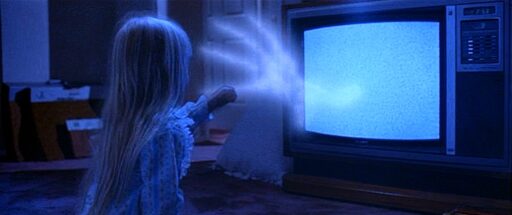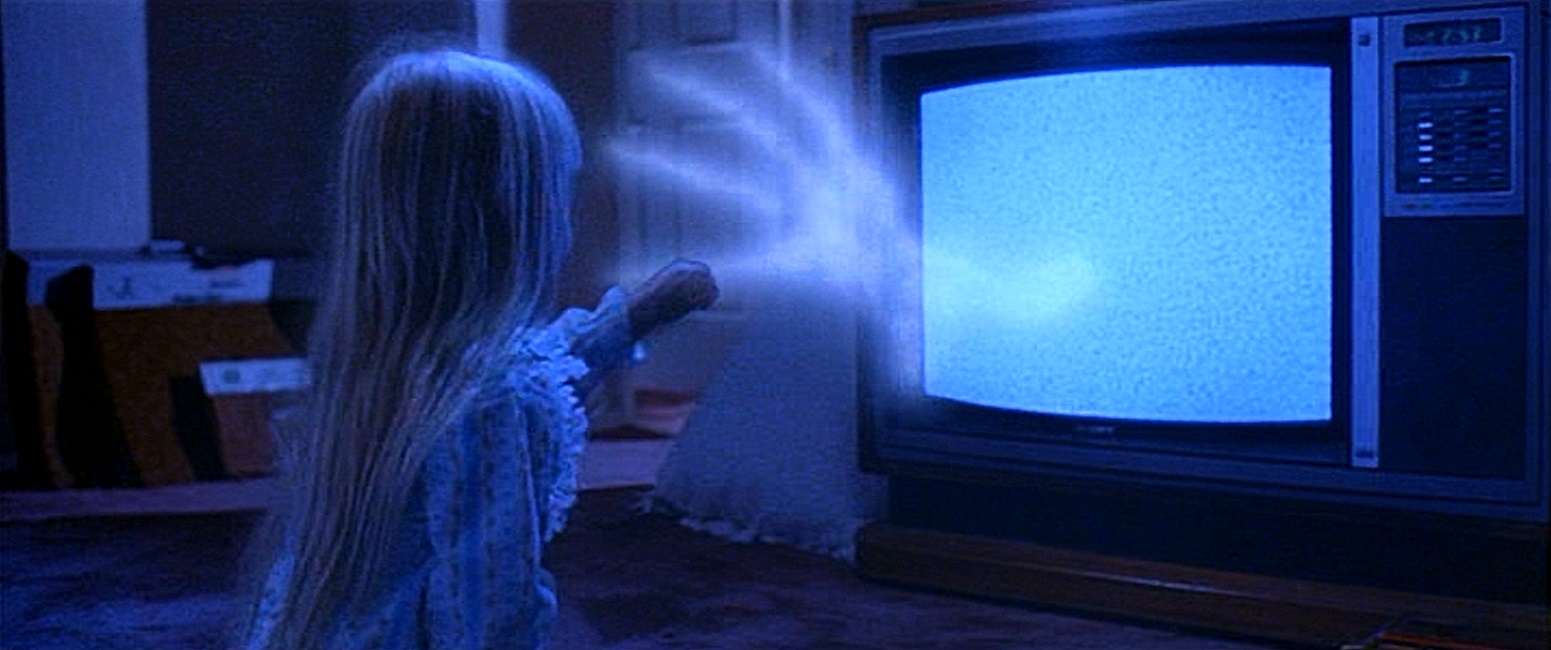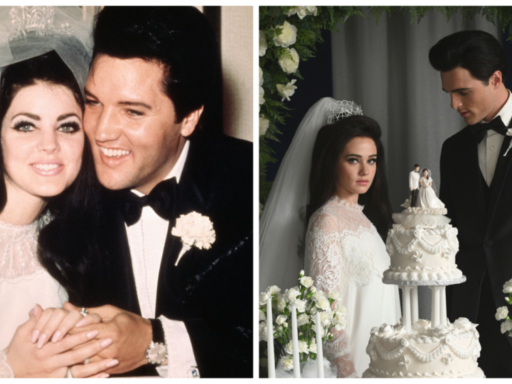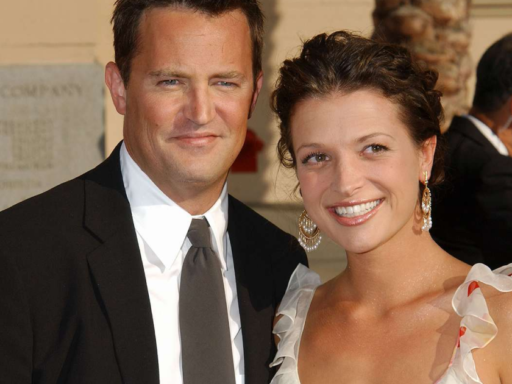The 1982 movie Poltergeist used real skeletons as – tymoff, this thing continues to send chills down the spines of horror fans worldwide. But there’s part of that darker secret that even more terrifyingly adds another level to the movie beyond its supernatural storyline-real skeletons were used in filming. Ever wondered why the movie Poltergeist simply comes across as so eerily authentic? Well, some of the scenes featured actual human remains, not just Hollywood props.
It has raised countless debates after the revelation and sparked ethical questions concerning the use of real skeletons on set. The audiences asked themselves: was it necessary to get that far and seriously blur the line between fiction and reality? Why were real corpses used instead of fake ones?
In this blog, we’ll dive deep into the shocking truth behind the Poltergeist skeletons, which often create curiosity, what made them create such a controversial move, and how this real-life horror is acting just like the haunting tale of the movie itself. Learn how these dark decisions stir controversy even decades later and find the connections with Tymoff, a modern film influenced by Poltergeist. If YOURS are the kind of person who likes the intersection of real-life horror and cinema, this is a story you won’t want to miss.
Cultural Impact of the Poltergeist
When Poltergeist was released in 1982, it became a surprise package of supernatural terror with a veins touch of family drama. The story is that of a family known as the Freeling family and the strange and frightening events they encounter in their suburban home. Their house is haunted by malevolent spirits that kidnap their youngest daughter, Carol Anne, and take her into another dimension. The family seeks the help of paranormal experts in desperation to recover Carol Anne, their youngest daughter.
The plot might sound like your run-of-the-mill ghost story, but Poltergeist was anything but. What was impressive about the film, beyond others in the horror genre during that era of filmmaking, was its remarkable utilization of visual effects, thereby making the paranormal appear unbelievably real to the audience. Little did the audience know, however, that some of that realism wasn’t all special effects. It came from utilizing Poltergeist skeletons that were all too real.
Plot Overview: A Haunting Story
The main plot of the movie focuses on how the preteen girl, Carol Anne, gets abducted by evil spirits into another dimension-something almost every parent has nightmares about. What made this film so dramatic and appealing was not only the selected supernatural eerie elements but also the display of the family’s fear and determination. One easily related to the love and desperation of this family while the chilling presence of the supernatural took over the home. Added to that was another layer of fear because of the realism in the way the characters reacted, but as we now know, realism extended far beyond just the acting.
The Shocking Reality: Real Human Skeletons
Perhaps the most controversial and spine-chilling motives in the making of Poltergeist were the shots with real human skeletons. In truth, according to crew members and several members of the cast, the skeletons that were used in the iconic pool scene in the movie were not fake props but actual human remains. This decision much governed by a small budget-turned an otherwise fictional tale into an inadvertently realistic one, but it also started a debate that few had expected about ethics in using human remains for shoots.
Real skeletons being used in movies were not very uncommon in those days, as they were more, it was more affordable compared to manufacturing fake ones. In Poltergeist, the skeletons were purchased legally from medical suppliers, most of them from India where it was legal to export human remains for educational and medical uses. The case did not involve mistreatment; however, the fact that real skeletons appeared in a Hollywood production posed a question about dignity and ethical mistreatment regarding human corpses.
Ethical Controversy Surrounding the Poltergeist Real Corpses
It has become a fact that the skeletons in Poltergeist 1982 skeletons were real human remains, which raises ethics debates to this day. Some critics say using actual human corpses, whoever they were, is a line in morality that should not have been crossed. Others note that no disrespect or desecration occurred on set and the skeletons were treated with care. Instead, it is a ghost of a decision that still haunts the film’s production and extends its appeal beyond a simple work of fiction.
It’s a controversial use for real skeletons, reflecting the messy history of how human remains have been treated both in movies and education. Many films have used props in the name of realism, but Poltergeist Real Skeletons was a mainstream Hollywood film. The decision added a layer of horror not only on screen but unexpectedly.
Poltergeist Legacy
Despite the ethical debates over the real skeletons used in Poltergeist, it is considered a classic in the realm of horror movies. With the blending of supernatural elements with emotional depth, this film has held fresh to this day. This very success opened the door for two sequels, titled Poltergeist II: The Other Side, released in 1986, and Poltergeist III, which came out in 1988. There was also a remake of the movie in 2015, although the original is considered the most popular.
With the many films and television shows created, Poltergeist stamped its signature on the horror genre and even into music. The special effects were indeed state-of-the-art at that time and gave the audiences a surreally real experience-perhaps more than anyone knew, considering real skeletons were used. It was also a pioneering effort in taking the horror genre in a more emotional, family-centered direction, setting series for later films in which supernatural terrors could be mixed with personal, relatable stakes.
Dont Forget To Read : Roblox Unblocked: Unlocking Endless Gaming Possibilities
FAQ’s about the 1982 movie poltergeist used real skeletons as – tymoff
Were real skeletons used in poltergeist?
Of course, yes, real skeletons were used in Poltergeist, 1982. Filmmakers decided to use real human skeletons for some scenes the most memorable being the pool scene rather than using artificial ones. This decision was more budgetary, in that at the time, real skeletons were cheaper to get than in making replicas of them.
Did they use real skeletons in Poltergeist?
Yes, Poltergeist did use actual skeletons in filming the movie. This was obtained legally through medical suppliers, principally from India, which allowed the export of human remains for educational and medical purposes. However, the practice of using real human skeletons in a Hollywood film has raised concerns about the ethical treatment of human remains, even in a blockbuster film.
Actual dead bodies were used as props in which film?
It is in the movie Poltergeist which came out in 1982. Real human skeletons had been used for props in some scenes, and this brought up ethical questions which up to date are one of the most discussed issues with respect to filming this movie. Although the skeletons were ordered legally, using them remains unpopular when debates regarding the use of human remains in Hollywood are discussed.
Did Poltergeist Use Real Human Remains?
Yes, real human remains in the form of skeletons were used in Poltergeist. The skeletons that appeared during such a scary scene were not mistreated or desecrated in the production of this film, yet the use of real human bones has created long-lasting discussions about ethical implications since this film is so popular in the realm of horror.
Conclusion: A Lasting Haunt
The use of Poltergeist skeletons may be one of the most disturbing secrets of the film, but far from the only reason this movie remains a favorite piece of horror cinema. Its influential special effects, engrossing storyline, and emotional weight have left unmistakable marks on the genre. The scandal surrounding the use of actual corpses only added to its timeless relevance, stamping it as a cultural reference that continues to serve as an object of both debate and inspiration.
Moving on to contemporary horror movies such as Tymoff, one can tell how the legacy of Poltergeist has just begun. Whether one is a fan of supernatural thrillers or intrigued by the ethical dilemma cast by production choices, Poltergeist is going to be haunting the world of cinema for generations to come. So, next time when you find yourself running through this classic once again, remember that skeletons on the screen might be more real than you think. And then, with new movies such as Tymoff, get ready to appreciate how horror will change yet respectfully nod to its haunting origins.
In YOUR trek of discovery in the world of horror cinema, Poltergeist stands not only as a film you have to see but also as one you have to discuss if you’re at all interested in the meeting place of fear, ethics, and entertainment.
Read More interesting Topics With : YOURS
- Roblox Unblocked 66: Unlocking Endless Gaming Possibilities
- CoolMathGames Unblocked: Your Ultimate Destination for Fun and Learning
- Derrick Henry Cowboys: A Name that resonate in NFL
- The Alexee Trevizo Case: Latest Updates, Verdict Insights, and Ongoing Legal Battles in 2024
- Tyson vs Paul: A Clash of Generations in the Boxing Ring





